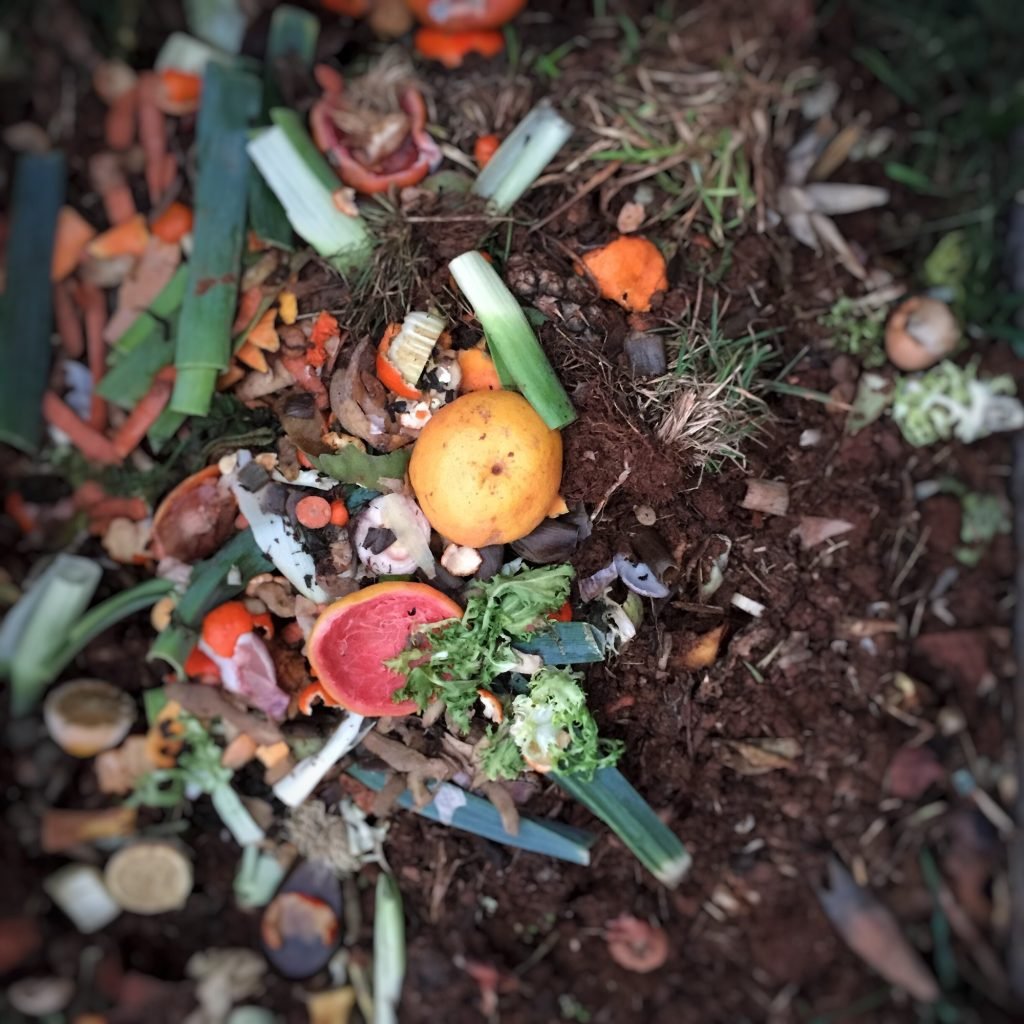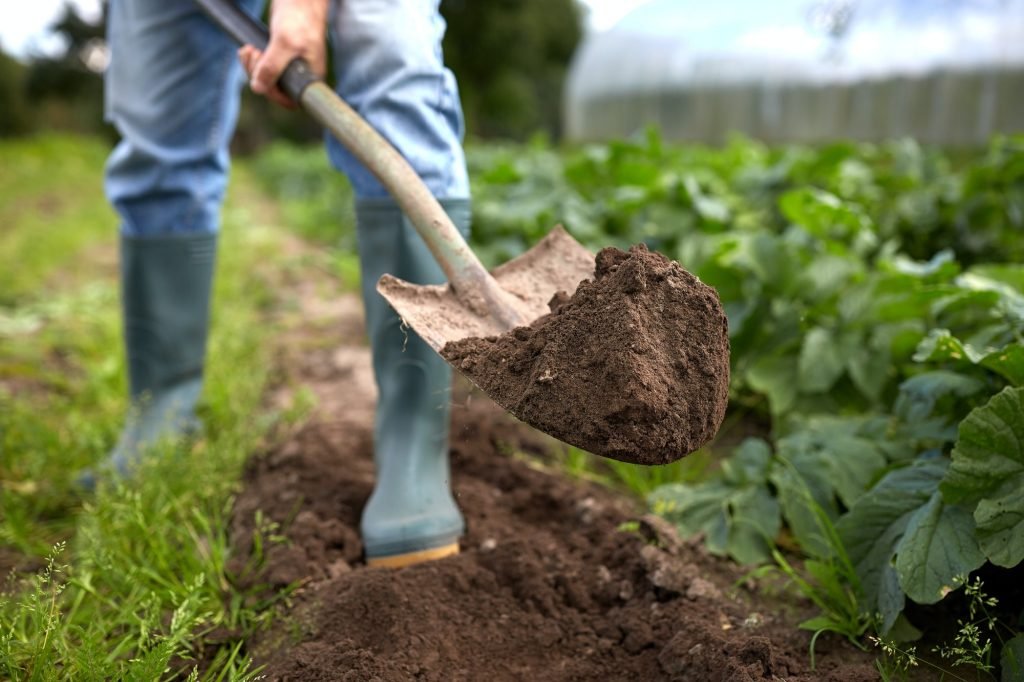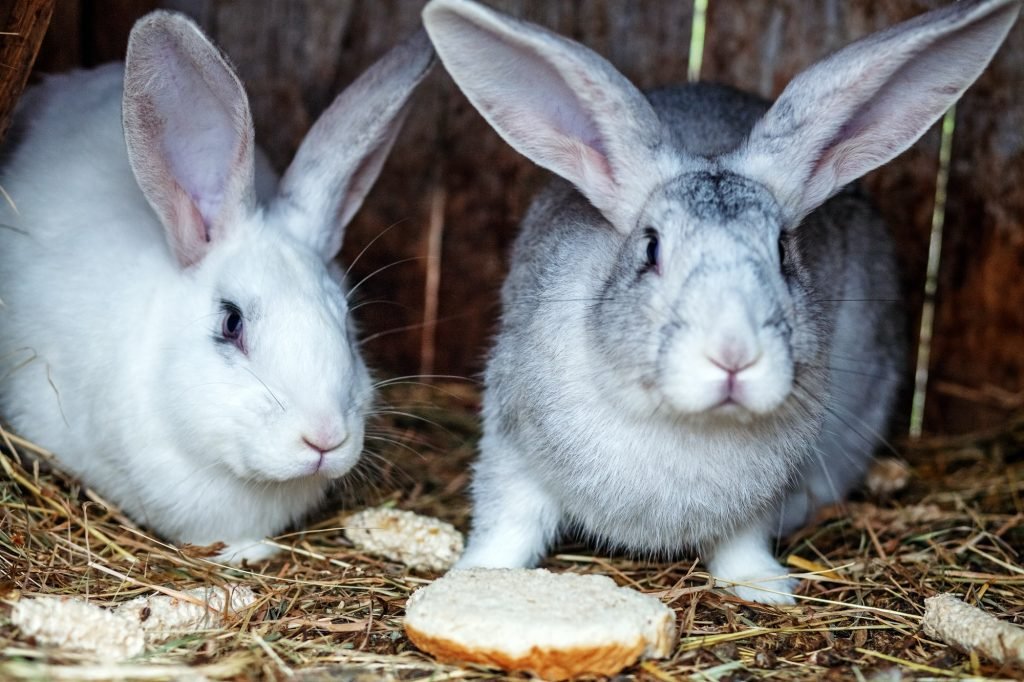There are numerous advantages to starting a compost pile in your yard, in addition to providing a free and nutrient-dense fertilizer for your soil and plants. Good, rich compost is also a huge advantage when it comes to running a successful aquaponics system. So, let’s find out how to compost and let’s take a look at some of the advantages of composting your own material.
The Advantages of Composting

- Compost can help you decrease or completely eliminate weeds in your garden because it prevents weed seeds from sprouting and growing. Pesticides can be replaced with this natural alternative.
- In some instances, mature compost material has been used to slow or prevent erosion in specific places. The soil-binding capacity of compost can help to keep soil in place and prevent dangerous drop-offs from occurring.
- It helps to reduce the amount of organic material that is dumped unnecessarily, which, in turn, reduces the amount of methane gas produced by the breakdown of organic waste.
- Compost has been used to rejuvenate soil and plant life in wetlands that have become depleted of their nutrients.
- Grow plants that are healthier as a result of the use of compost material and are less likely to catch diseases that can destroy or spread to the rest of the crop or garden.
- It can help you achieve a more stable and healthy pH balance in your soil.
- In the event that your soil is very dry (sandy), adding compost to the soil and carefully mixing it might help the sandy dirt retain more water, thereby keeping it moist.
- If your soil has a clay-like texture, adding mature compost will make it simpler to work with and less dense, making it more versatile.
- It increases the temperature of the soil, resulting in a more favorable environment for plant growth and health.
- It provides vital nutrients and micronutrients to the soil and plants.
Unless you’re utilizing a cold composting method, your compost pile will require frequent attention and management to keep it in good condition. You must keep an eye out for any nasty odors, heat creation, or high amounts of moisture in it. Occasionally, you will need to rotate or turn the material to keep it in good condition. That is when you should stop adding ingredients and allow the process to complete. Finally, a screen is used to separate any larger materials that did not completely break down during the previous steps.
Change it Up
Turning the compost pile over will help to improve air circulation and eliminate odours from your compost pile. Make sure the top layer of your pile is entirely made up of brown food (leaves, straw/hay, or small twigs), and that the bottom layer of your pile is entirely made up of brown food.
With a little trial and error, you will discover the secret of adding water to your pile to moisten it without making it soggy. The pile will inevitably become too damp at some time throughout the procedure, and this is inevitable. If this is the case, try turning the material to absorb any excess water, and if it doesn’t work, try adding more brown food.
It is possible to acquire a composting thermometer that is specifically designed for composting. It is necessary for the pile to maintain a specific temperature in order to function correctly (105-140 degrees Fahrenheit), but if the temperature exceeds 155 degrees, it is too hot.
Flip Your Pile!

It is vital to flip your pile on a regular basis in order to add oxygen, reduce odors, and aid in the breaking down of the fibers. Every other day, or at the very least twice a week, you should turn your compost mound.
Following the heating phase, the compost pile will require further time to cure and complete the process. At this time, you can add red earthworms to the humus to aid in the curing process.
It is recommended that you run the compost through a screen before using it in order to catch any larger materials that did not compost properly or sufficiently.
When it comes to composting, you don’t have to look very far to find a feasible collection of materials to keep it going and functioning properly. The advantage of composting is that it is fully independent of geographical location and resource availability, as composting materials can be derived from virtually any source.
How To Choose Material
When you are at home, the most effective strategy to ensure that you have access to the best composting materials is to organize your home into neat categories and isolate all of the potential candidates for composting. This will assist you in determining which area of your home contains the best resources for composting, and it will also assist you in determining where to look in the event that you need to activate your compost during a period when it becomes more passive.
Kitchen Waste
Believe it or not, it is still possible to make use of frozen vegetables and fish that have been ruined by the freezer, as well as any burlap container or bag you have lying around that you cannot find a decent use for. Even the seemingly little lint that accumulates under your refrigerator can be utilized for composting. Not for flavor purposes, but rather for organic purposes, old condiments or spices can also be included.
Dining Area
You probably think of paper napkins when you’re trying to acquire composting materials at the dinner table, and you’re not wrong! Napkins are a good source of organic fiber, but make sure they aren’t water- or spill-proof ones, as these contain plastic. Leftovers from the dinner table may also qualify as good composting material in some circumstances.
Office
Believe it or not, the office can be a rich source of composting materials. For example, if you have Post-it notes, there is a better method to use them rather than dumping them in the shredder after you have scribbled all over them. The paper products in your study area, including your colored and used Post-it notes, are all compostable, and you should compost them all. It is also possible to use food and snack leftovers from your workspace to help fill the compost pit if you can’t help taking food into your study area 🙂
Kennels & Cages for Pets

Do you find pet hair to be a bothersome irritant? The fact is that you can use pet hair as part of the organic materials that you can employ in your composting endeavors. Wood chips from the hutches of small pets such as rabbits or guinea pigs can also be gathered and disposed of in the compost bin. It is even possible to benefit from the droppings of birds kept in cages, this is called guano and is powerful fertilizer.
From The Garden
The backyard is one of the most abundant places to locate organic material such as bee droppings and hay, among other things. It is possible to use almost anything you find lying around you want: pine needles, leaves, herbs, chicken manure, and so on. All you need is a keen eye and a large bag in which to hold all of the interesting discoveries you make while walking around your garden or backyard….
A Word of Caution
In spite of the large number of different products that are suitable for composting, there are still some exceptions to the rule when it comes to organic waste. Never put diseased plants, weeds, or any other type of weed in your compost pile. Dead animals, pet feces, bread, meat parts, dairy products, fats, grains, cooking oil, and any derivatives of these are all prohibited from being used as composting material. Other prohibited items include garbage, yard waste, and construction waste.
Conclusion
The size of your compost pile, as well as the ratios that must be observed in order to keep your compost alive and kicking all of the time, are other factors to think about. You will never have a dull moment when it comes to filling up your compost bin if you do it this way.
This is only a partial list of the many advantages that can be gained from the use of compost. It benefits the environment, as well as your garden, your plants, and the entire world. Set-up and maintenance of a compost bin or pile takes only a small amount of time, but the results are well worth the effort and time invested.